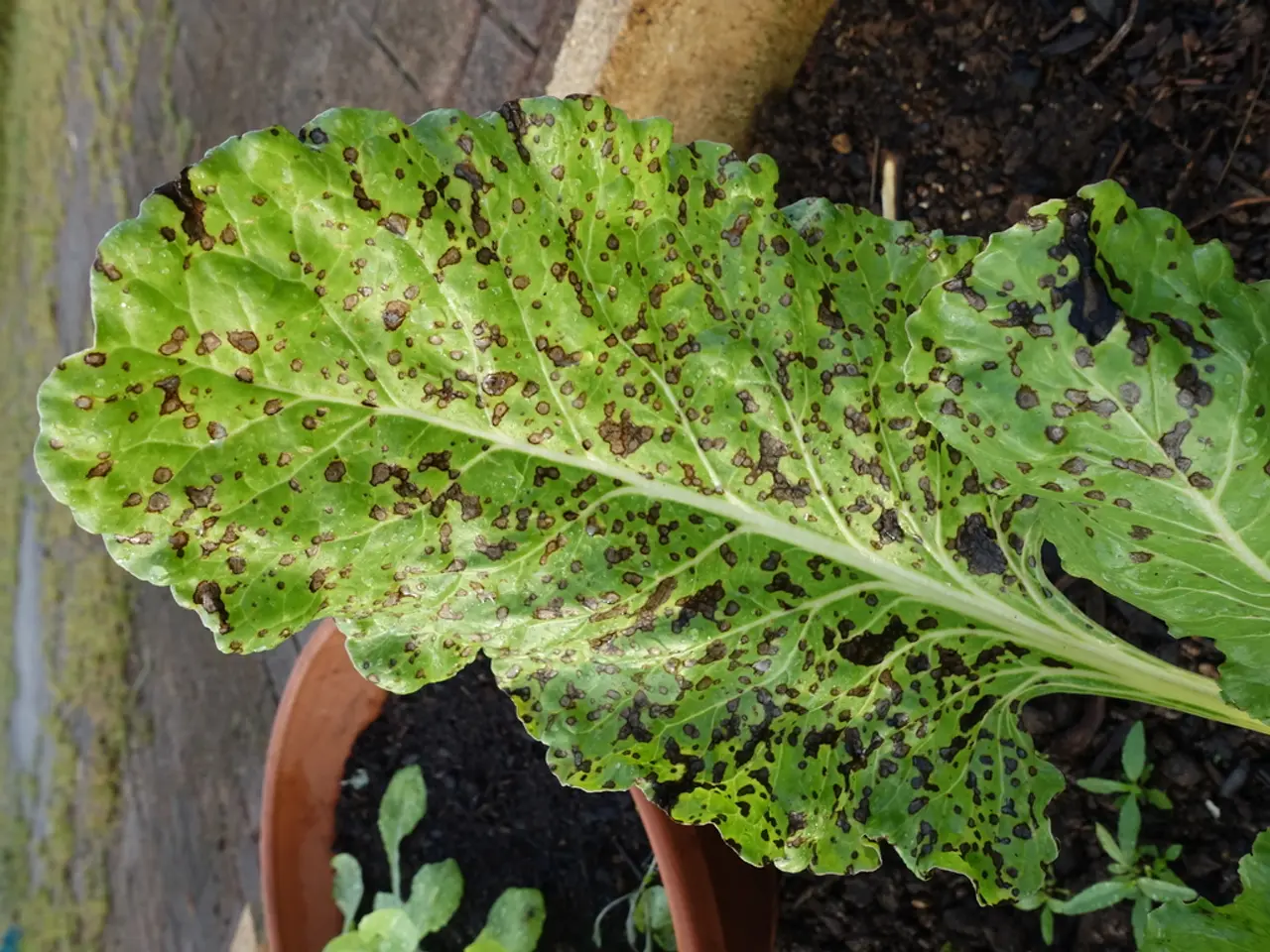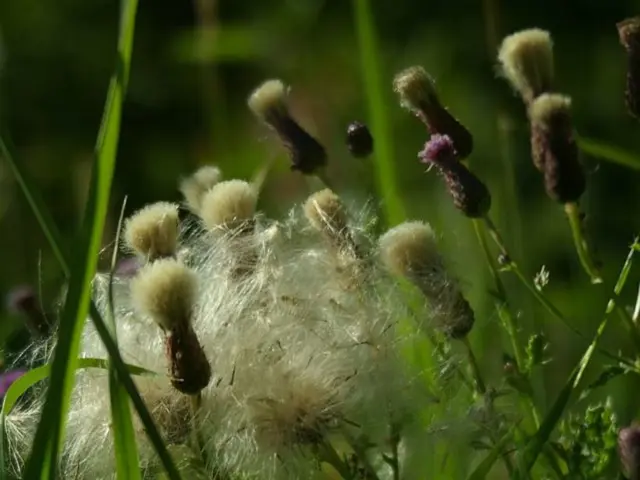Instructions on Reviving a Peace Lily Plant
Peace lilies, known for their beautiful, white flowers, are popular houseplants that can grow to around two or three feet tall. Originating from tropical regions of Central and South America and parts of Asia, these plants are well-adapted to low-light conditions and require minimal watering.
However, caring for peace lilies is not without its challenges. Here are some tips to help your peace lily thrive:
- Soil Moisture Check: To check the soil moisture, simply put your finger 2-4 inches into the soil mix. If it feels dry, it's time to water.
- Lighting Requirements: Peace lilies need bright, indirect light to thrive. They can suffer from a lack of light if they are not given enough, which may cause leaves to turn yellow and eventually die.
- Watering: Overwatering is harmful to peace lilies and can lead to root rot. It's best to let the top inches of soil dry out completely before watering again.
- Avoiding Fungal Disease: Preventing fungal disease involves watering the plant slowly to avoid splashing water and soil onto the leaves, avoiding misting the leaves, and ensuring good plant circulation. Sterilizing cutting tools when pruning can also prevent the spread of diseases.
- Fungicide Treatment: Fungicide soil drench and foliar fungicide spray are effective tools for treating fungal disease in peace lilies.
- Preventing Overwatering: To prevent overwatering, always allow peace lilies to dry between waterings.
- Dealing with Pests: Too much or too little light, as well as pests, can cause the leaves to turn yellow and eventually die. Regularly inspect your peace lily for signs of pests and treat them promptly.
- Avoiding Extreme Conditions: Avoiding full-day sunlight and keeping peace lilies away from cold temperatures can prevent damage to the plant.
- Common Signs of Distress: Signs that a peace lily might be diseased or dying include wilting leaves, leaves turning yellow or brown, brown spots on leaves or brown tips, heavy pest infestation, root rot, and curling leaves.
- Safety Precautions: Peace lilies are poisonous if ingested, so they should be kept out of reach of children and pets.
By following these tips, you can help your peace lily grow and flourish, adding a touch of tropical beauty to your home.




